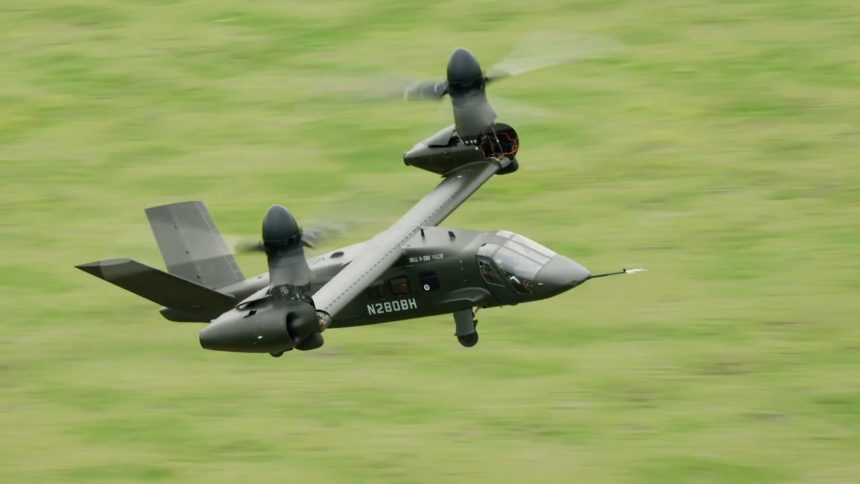The evaluation gave real-world operational context for the MV-75’s design, bridging the gap between engineering and battlefield application ahead of the Critical Design Review.
The U.S. Army’s Future Long-Range Assault Aircraft (FLRAA) program conducted the third Special User Evaluation (SUE) at Redstone Arsenal, Alabama. While the service announced this on May 28, 2025, the evaluation appears to have been conducted in April, according to the photos’ captions.
The announcement also comes two weeks after the disclosure of the new designation for the V-280-based FLRAA, which will now be known as the MV-75. Additionally, the service also announced that the first unit to receive the new aircraft will be the 101st Airborne Division.
The Special User Evaluation
In a statement released on May 28, 2025, the U.S. Army said the Special User Evaluation gave real-world operational context for the aircraft’s design, bridging the gap between engineering and battlefield application. This would allow to better refine the design thanks to the lessons learned in the field by operational personnel on previous platforms.
Specifically, the service explained “Army aviators executed the event in a simulated operational environment, giving developers insights into how Soldiers plan and exe-cute tactical missions using cutting-edge technology.” While a simulation might not be the most accurate reproduction of an operational scenario, what really matters here is showing the personnel working on the program how the Army will employ the aircraft throughout all the phases of a representative mission.
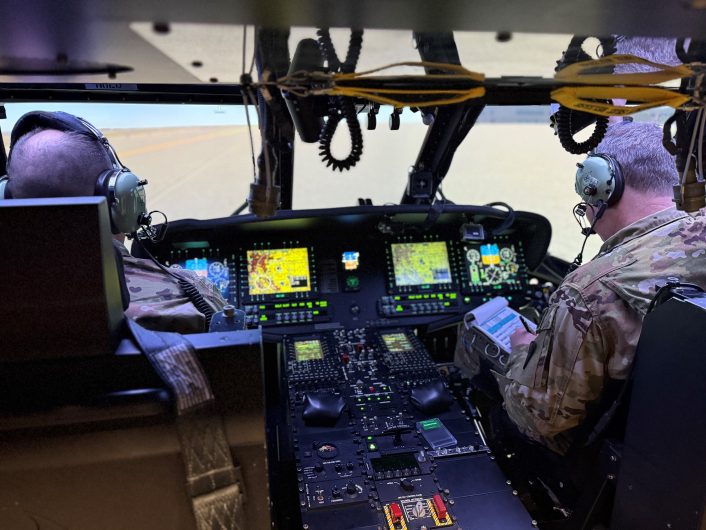
This way, it will be possible to address deficiencies which might prevent the personnel to operate the MV-75 as intended, as well as improving the design to make it more user-friendly. In turn, this would also help to speed up the introduction into service, as there would be less problems left to solve once Army Aviation gets their hands on the new aircraft.
“The SUE’s core objective was to observe and analyze how aviators strategize in a realistic mission setting, including mission planning, execution, and contingency responses,” explained the service in the press release. “Engineers from Bell Textron Inc. and Lockheed Martin observed how pilots adapt to unexpected challenges within the simulation, identifying potential areas for improving the aircraft’s design and functionality.”
“The SUE was a great event enabling industry partners to hear from the ultimate customer, the Soldier,” said Chief Warrant Officer 4 Josh McCoy, from the Redstone Test Center. “Bell had the opportunity to learn how the Soldiers receive, plan, rehearse, and execute an air assault mission, to include contingencies throughout the mission.”
The service also noted that the event included the cybersecurity domain, ensuring the aircraft can withstand evolving cyber threats in contested environments.
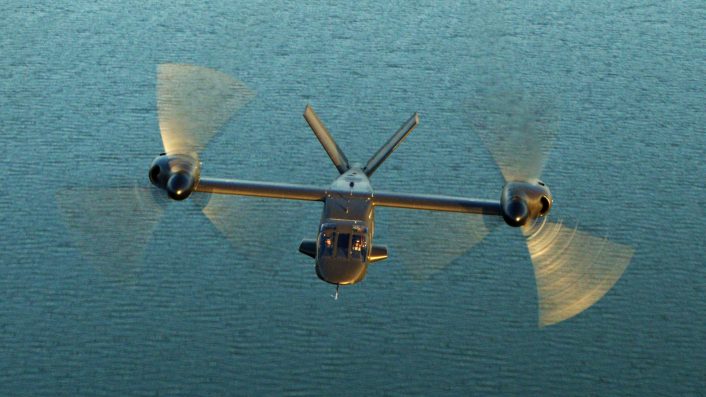
The MV-75 designation
The U.S. Army has officially designated MV-75 as the Mission Design Series (MDS) for the Future Long Range Assault Aircraft. In a press release, the service explained that the number “75” commemorates the Army’s founding year, 1775, while the MDS indicates “M” stands for multi-mission and “V” stands for vertical takeoff.
🚨 Just announced by the @USArmy: MV-75!
The U.S. Army’s official mission-design series designator (MDS) for the Future Long Range Assault Aircraft (FLRAA). #FLRAA #MV75 #ArmyModernization #AAAA2025 pic.twitter.com/1qELo7PmTQ
— Bell (@BellFlight) May 14, 2025
Additionally, the initial prototype will carry the designation YMV-75A, in line with the MDS nomenclature whose “Y” prefix indicates a prototype. A common legacy name for the aircraft like Black Hawk, Chinook or Apache is currently under consideration, added the Army.
“The Army is committed to delivering the Future Long Range Assault Aircraft. It will provide the speed, range and endurance needed to conduct air assault, MEDEVAC and resupply missions for future large-scale combat operations,” said Brig. Gen. David Phillips, program executive officer for aviation. “We’re all looking forward to seeing the incredible impact the MV-75 will have on the Soldiers of tomorrow.”
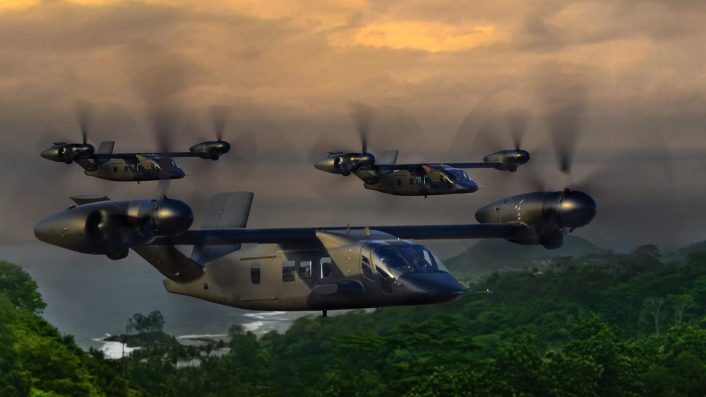
The first units
Following the new designation, the U.S. Army said the first unit to receive the new MV-75 will be the 101st Airborne Division, the service’s only air assault division. The decision to send the first operational MV-75s to Fort Campbell, Kentucky, was announced during this year’s edition of the Army Aviation Association of America’s annual conference.
“That decision was based on their mission profile and theater demands,” said Gen. James J. Mingus, the U.S. Army’s Vice Chief of Staff. “This decision makes sense, the 101st is a formation built to deploy rapidly and operate in austere conditions. The 101st flies into real world contested environments, across wide terrain, often without the luxury of fixed support infrastructure. They need speed, endurance, and reliability.”
The first aircraft are expected to be delivered in 2030 and the experience of the 101st AD will help the service “shape initial doctrine, sustainment models, and maneuver concepts,” explained Mingus, as reported by Defense News. The unit is already preparing for the new aircraft, working on the introduction of the new Large-Scale, Long-Range Air Assault, or L2A2, concept of operations which will exploit the tiltrotor’s capabilities.
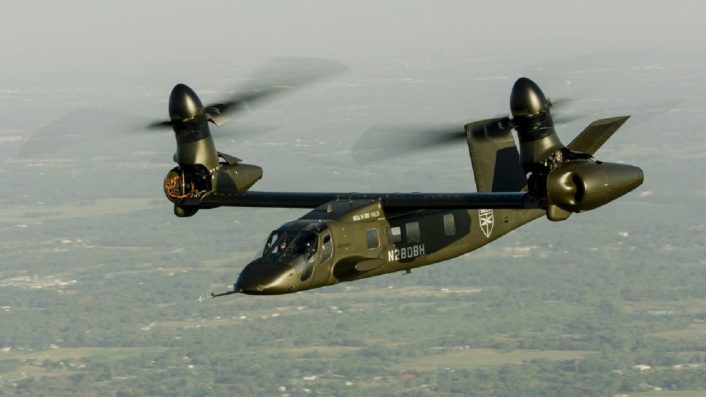
Another unit which might be among the first to receive the MV-75 is the elite 160th Special Operations Aviation Regiment (SOAR). In fact, the service has included special operations-specific requirements into the FLRAA’s design.
Lt. Col. Cameron Keogh, Program Manager for the Future Vertical Lift and the MH-60 programs within the U.S. Special Operations Command’s (SOCOM) Program Executive Office-Rotary Wing (PEO-RW), explained during this year’s SOF Week that, after an engineering analysis, provisions were made for the future installation of mission equipment for special operations, although it caused an unspecified increase of the weight.
“Every FLRAA that gets built for fielding is going to have the provisions for us to put our things on the aircraft, which is a huge cost reduction for us when it comes time to field the Regiment. So that was a huge win,” said Keogh. This will allow to make the conversion from a baseline MV-75 to a special operations one much simpler.
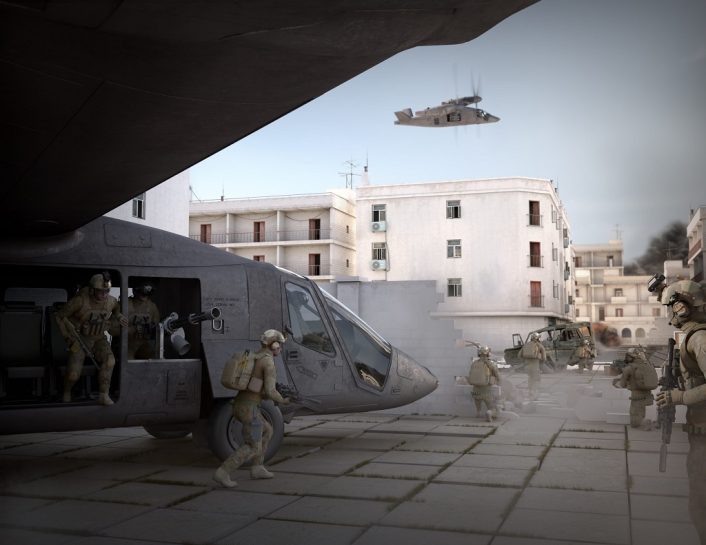
Aggressive approach
In an interview with FlightGlobal, Colonel Jeffrey Poquette, the U.S. Army’s FLRAA Program Manager, said the service is taking a more aggressive approach and accepting some risks to accelerate the delivery of the MV-75. Among the risks is possibly included the possibility of starting low-rate production ahead of the completion of the Engineering and Manufacturing Development (EMD) phase.
“Normally, a production decision is tied to Milestone C,” said Poquette. “But we’re going to have an early production decision ahead of Milestone C.”
This move might reduce the time between the delivery of prototypes and operational aircraft up to two years. The Army has currently contracted Bell to produce eight MV-75 prototypes, which the company says it will start delivering in 2027.
“Rather than pursue perfect, we are pursuing an aircraft that is close to being what we asked for,” added Poquette. “The chief wants to get this weapon system into the hands of war fighters sooner. He’s willing to accept that risk.”

